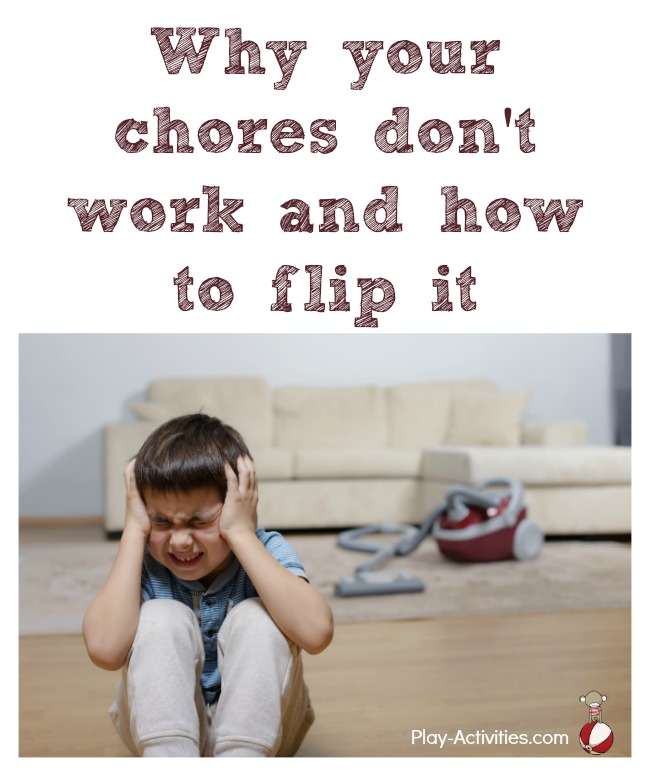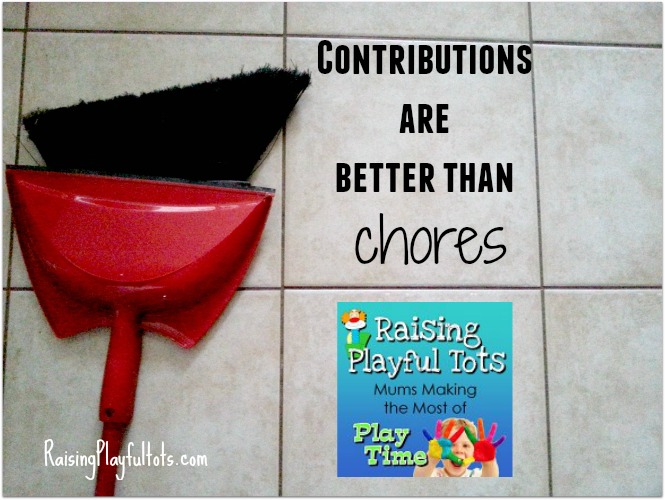We all like change but something about childhood and children mean we can get stuck in too many fixed routines. Don’t get me wrong, routines are good but there are somethings that would be better if we switched who was doing it.
Contributions are one of these things. If you call them chores see why we changed them to contributions in the first part of why your chores don’t work and how to change it. You can read the first part here.
Here are three more reasons why the chores or contributions are not working in your home and some ideas about how you can flip that.
They are a life sentence
How many remember the chores you did from childhood and how long you did them for? Did you long to have another chore and never did? Why does that happen. It doesn’t have to.
Rotate your chores so that every child gets a chance to do that easy contribution and everyone gets to do the fun one or the tedious one. We rotate contributions every 3 to 4 months. There’s enough time to master the new contribution and be glad to see the back of it too.
There’s the benefit that EVERY child will be able to do most things and will get better at it. Also an added benefit is that older siblings help younger ones master things by showing them the trick to getting the mirror to shine or the quicker way of sweeping the floor. All this fosters the relationships in the house.
Change: Devise a contributions chart and introduce it as a 3 month plan. Be ready with a new chart for the fourth month. We do a mix of changing up who does what from within the chart and adding (new) different contributions.
As they get older they do less
In a time pushed lifestyle it’s easier to do things ourselves than teach and train our children. It’s also quicker and we’re likely to do a better job. Yes to all those but children need to learn how to balance and blend time just like us. As schedules get more complicated it is easy for us to let our children off contributions. Something has to give and contributions is one of them.
We know though that we can stop cleaning the bathroom because we’re swamped but eventually someone has to clean the bathroom. Children need to learn too to put off but find alternative solutions than just giving up. Also they need to learn how to negotiate solutions as they get up into middle and high school.
Change: Don’t let children just drop contributions without asking a few questions like- who will do this contribution instead? How long will you not be doing this? who else might be able to do this contribution to help you out? Can you exchange a contribution with someone? These are they types of questions we’d ask ourselves when we’re considering dropping something. Help them to find a way through and solve the problem.
Too many ‘be there’ contributions vs anytime contributions
wash the dishes
take out the recycling
Look at any chore chart and often you’ll find many ideas that need you to be there right at that time to do them. We set ourselves up for failure when we assign a contribution to a child who is out around dinner time three nights a week. How can they wash the dishes? When they aren’t there we just do it for them or complain. Fill your family contributions with more anytime contributions that can be done- anytime. Washing the dishes don’t have to be assigned. Once the family understand how we contribute and work together we can ask of each other and get things done together. If it becomes unfair we can redistribute the contributions.
Change: Switch out contributions that solely rely on being there at a specific time. Choose anytime contributions like wiping the mirror, doorknobs, hoovering a room
If you are interested in diving deeper into overhauling your contributions and finding a system that works for your family then listen to this episode on my parenting podcast.













